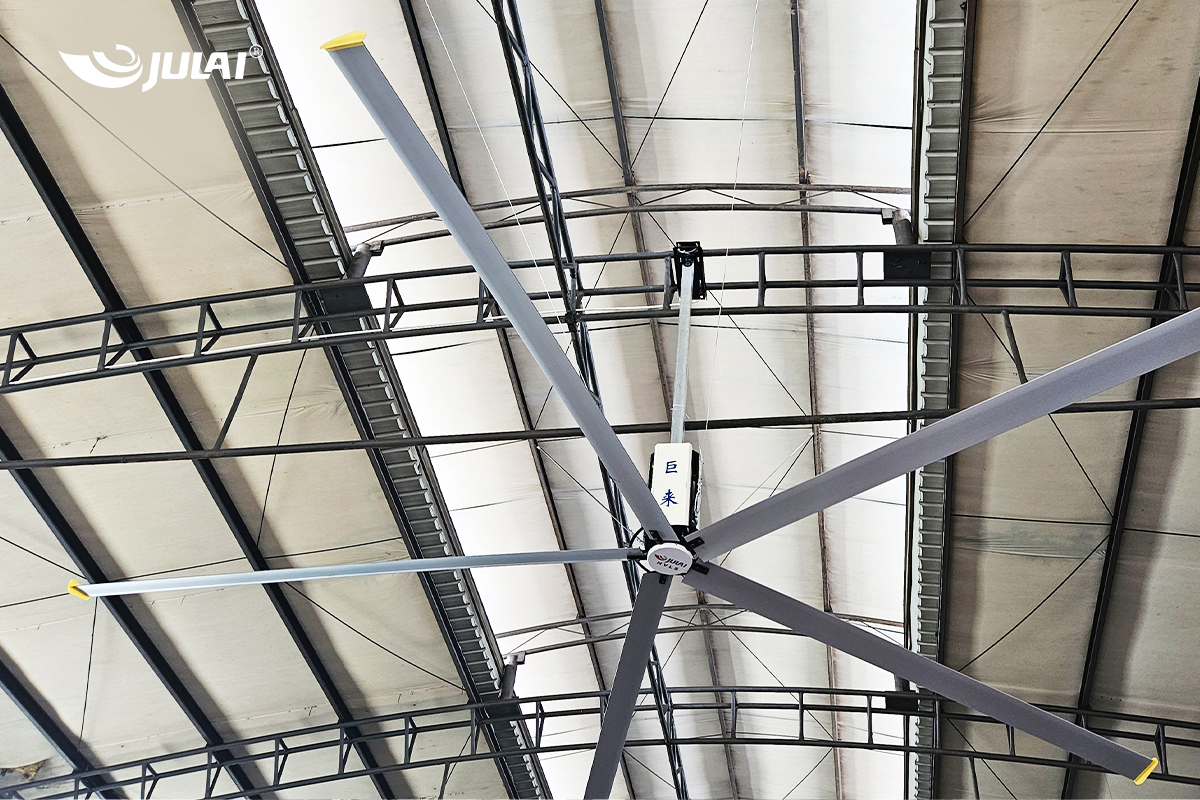The relationship between the length and speed of industrial fans
2024-12-18
The relationship between the length and speed of industrial fans
The relationship between the length and speed of industrial fans is one of the important factors affecting their wind output efficiency. Generally speaking, the longer the length of the fan blades, the wider the range of air that can be covered and stirred, which can theoretically produce a larger amount of air. However, the speed of the fan blades is also a key factor that cannot be ignored.

When the speed is constant, increasing the length of the fan blades will cause the air to be pushed for a longer time, thereby increasing the wind force. But this does not mean that the longer the fan blades, the better, because too long fan blades will increase the load on the motor, resulting in increased energy consumption, and may even affect the stability and durability of the electric fan. Therefore, manufacturers need to find a balance between the length and speed of the fan blades to maximize the wind output while ensuring the energy efficiency and durability of the electric fan.
On the other hand, if the speed of the fan blades is increased, the air flow rate will increase, and the number of times the air is pushed in a short time will increase, thereby increasing the wind force. However, too high a speed may also bring some problems, such as increased noise and overheating of the motor. Therefore, when designing an industrial electric fan, it is necessary to comprehensively consider factors such as the use environment, energy consumption, and noise control to determine the appropriate combination of blade length and speed.
There is a close relationship between the blade length and speed of an industrial fan, which together determine the wind output efficiency of the fan. Through reasonable design and optimization, the appropriate combination of blade length and speed can be found to meet the use requirements in different scenarios.
